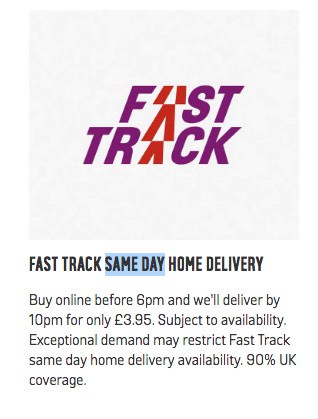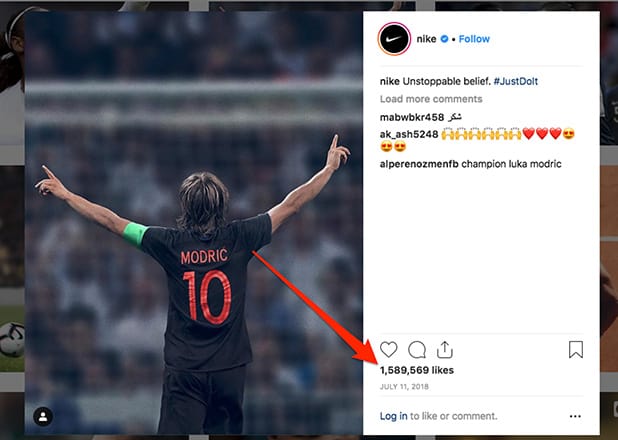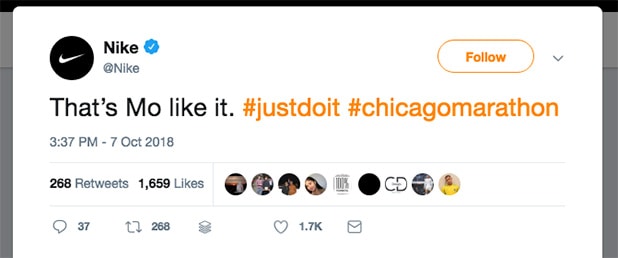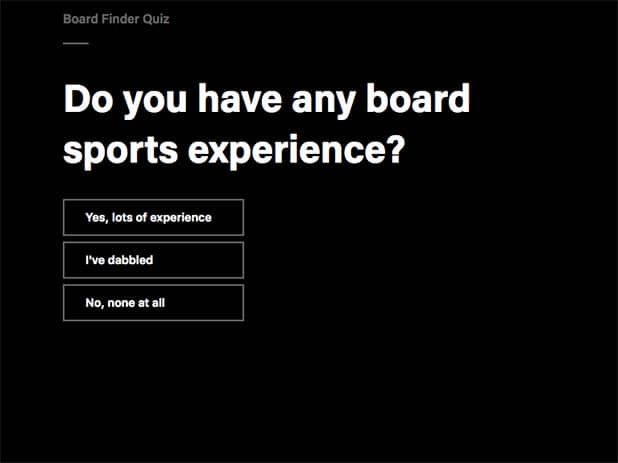What if I told you there was a way for you to run your ecommerce store just like the big players do? Big established retailers have more money than you, more people than you, and in many cases, more experience than you. That’s why SMBs can take retail lessons from these giants. But if you’re the owner of a small ecommerce store, there are certain lessons you can learn from retail giants.
In this post, we’re going to look at five different advanced strategies larger ecommerce owners use to generate sales and how you can implement them into your store too. We’ll look at why you need to factor in consumer convenience to attract customers and why loyalty and online presence are crucial to major success in retaining your customers.
So instead of trying to compete with your more established competition when you’re just not quite ready, learn from them instead.
Convenience
The truth of the matter is, consumers are becoming lazier. They no longer want to wait for their purchases, and the idea of convenience excites them. It’s why electronics retailer, Currys, has opted for same-day delivery.

The same with another huge retailer, Argos:

What this means is that you, as a small ecommerce owner, need to think about how much your customers value convenience and use that within your own business.
Amazon’s 1-day delivery led to an increase in their sales, but that doesn’t mean you have to provide the same service too. It might not be feasible for you to offer same-day delivery as you’ll need to recoup those costs yourself; however, you can look into other ways you can make your products more accessible for your potential customers right when they want them.
You could try partnering up with brick-and-mortar stores that match your own brand ethos. This way, instead of a customer having to buy the product online and wait for delivery, they can pick it up at their own convenience. If you do decide to go down this road, though, make sure the customer journey is convenient for the entire buying process.
If a customer buys online and wants to return it in-store, let them. Likewise, if they buy a product in-store and want to return it, let them too. Convenience doesn’t start and stop at next-day delivery; it’s about making yourself and your products as readily available as you can.

Loyalty is everything
If you don’t try to foster a good relationship with your customers, they won’t be customers forever. Convenience might be the first step, but fostering customer loyalty keeps customers coming back. For many, it’s a harsh truth and one most people find out the hard way – once a customer is no more. It’s why the big brands put all their efforts into creating a loyalty program that works with their customers, encourages repeat purchases, and rewards loyal customers.
When it comes to big brands, the second of the retail lessons is that they have nailed the loyalty experience. And for good reason, too. The benefit of being a member means that the more you spend, the more rewards you earn. This way, you can trade your points in for money off products.
When most brands start their loyalty programs, they tend to focus only on encouraging spending by offering discounts. Why not think more about who your customers are, what they value, and how you can create a rewards program that compels them to spend their money with you?
Have an online presence beyond just your store
It’s no longer enough to just have an online store. One of the lessons here is that if you really want to stand out against the retail giants, you need an online presence too.
An online presence also goes beyond simply having social media accounts – it’s about having social media accounts and using them to share your story.
Let’s look at some examples.
This image is on Nike’s Instagram.

Look how many likes it was able to generate. Is it directly trying to sell you a product? No, not at all. But Nike understands their own audience and the type of photos that resonate with them. It brings us back to the idea of doing things that don’t scale.

In the example above, you can see that Nike is again using their social channels to remind their customers that they’re there, but not trying to sell to them.
They’ve made the account feel personal by using a funny pun in the same way a friend would. They have also managed to include their infamous slogan “just do it”.
What is the benefit to them? 1.7k likes, 37 comments, and 286 retweets.
I hope you’re starting to see that having an online presence that goes beyond taking photos of your products is crucial if you want to make it to the top.
Authenticity is key
Do you know what’s worse than having an issue with an ecommerce brand? Having an issue and receiving an automated reply as a response to your support request.
Now, that’s not to say that automated replies aren’t good. They can be effective in letting the customer know how long they should expect to wait for a real person to get back to them. But if your customer service relies on automated, canned responses, you’re doing something wrong.
Customers might get frustrated with issues with products, slow delivery times, or wrong products, but what they do appreciate is authenticity. Knowing they’re speaking to a real person with real feelings goes further than you could think. Big brands tend to get their level of authenticity right simply because they have larger teams and can afford to allocate more resources to ensure their brand is as authentic as possible.
Education is the pathway to success – help your customers do more
It’s more common than you think. You’ve created an awesome product, and you get how it works, but you fail to relay that information to your customers (or potential customers).
Why? Because surely your product is that great that they automatically understand, right?
Not the case. This is why big retailers spend so much on producing educational content that helps their customers succeed. Confusion doesn’t lead to sales. Give your customers the best chance of succeeding by producing content that educates them.
Bonus tip: Don’t just create this content for those who have already bought from you. Make it for the people in the awareness stage, too, those people who don’t yet realize they have an issue.
BoostedBoard is a great company that gets education just right.

On their website, instead of just telling customers why their boards are the best and which one they should buy, they’ve created this interactive quiz that allows users to decide for themselves, based on their own preferences. You’ll see they’ve also considered authenticity, too, with their use of colloquial language.

What should we do with these retail lessons?
Implementing strategies that are refined from these retail lessons takes time. Retail giants didn’t became one overnight. In most cases, they don’t lead to superfast direct revenue like paid ads, for example. But if you’re looking to build more than a side hustle and want your ecommerce store to turn into a fully-fledged brand, you need to start thinking about more advanced strategies you can use to show you mean business.
There’s a reason it’s usually larger ecommerce brands that implement the strategies above, and that’s because they understand what it takes to get them from where they are now to where they hope to be in the future. So I ask you, what are you doing today to ensure your business exceeds tomorrow?
